When you think of Japan's northern island of Hokkaido, the first images that come to your mind might be snow-covered mountains, steaming bowls of miso ramen, or the famous Sapporo festival. But tucked away in this vibrant region is another story - one about code, community, and a small but determined group of people shaping the future of Java in education.
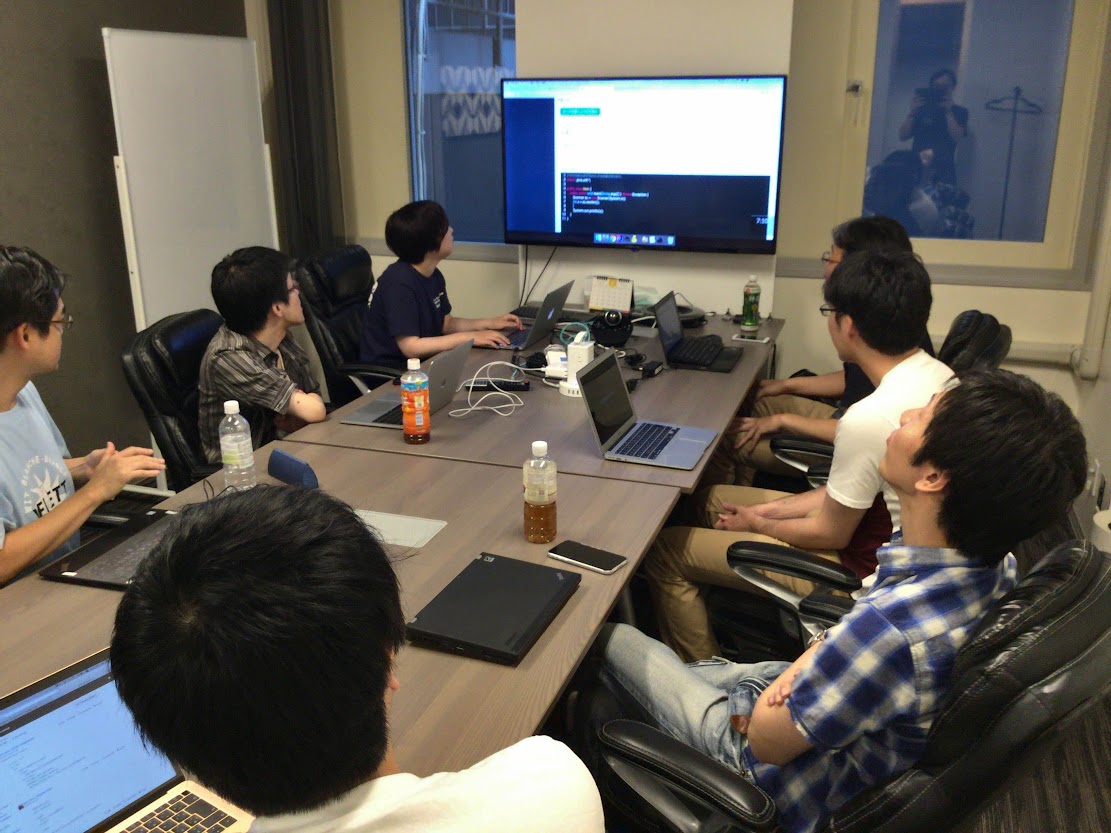
At the heart of that story is Hiroto Yamakawa, a professor and engineer whose journey from a classroom to a community leadership has transformed the way Java is being taught and embraced in Japan.
A Teacher with a Vision
Hiroto's career started in education, working as a software engineer for school systems. His focus at the time wasn't just coding; it was about communication and building tools to help schools run better. But he always had an eye on what was coming next. New technologies were emerging quickly, and he wanted to stay ahead.
That curiosity eventually led him to the Japan Java User Group (JJUG), the largest Java user community in the country. It was there that he had an idea: why not create something for Hokkaido's local developers and students? Together with Yoshitaka Takahashi, now a director of JJUG, Hiroto co-founded the Hokkaido Java User Group (Hokkaido JUG).
What started as a small circle of enthusiasts has grown into a vibrant community with 20+ members, students, and professionals who gather regularly to share, learn, and code together.
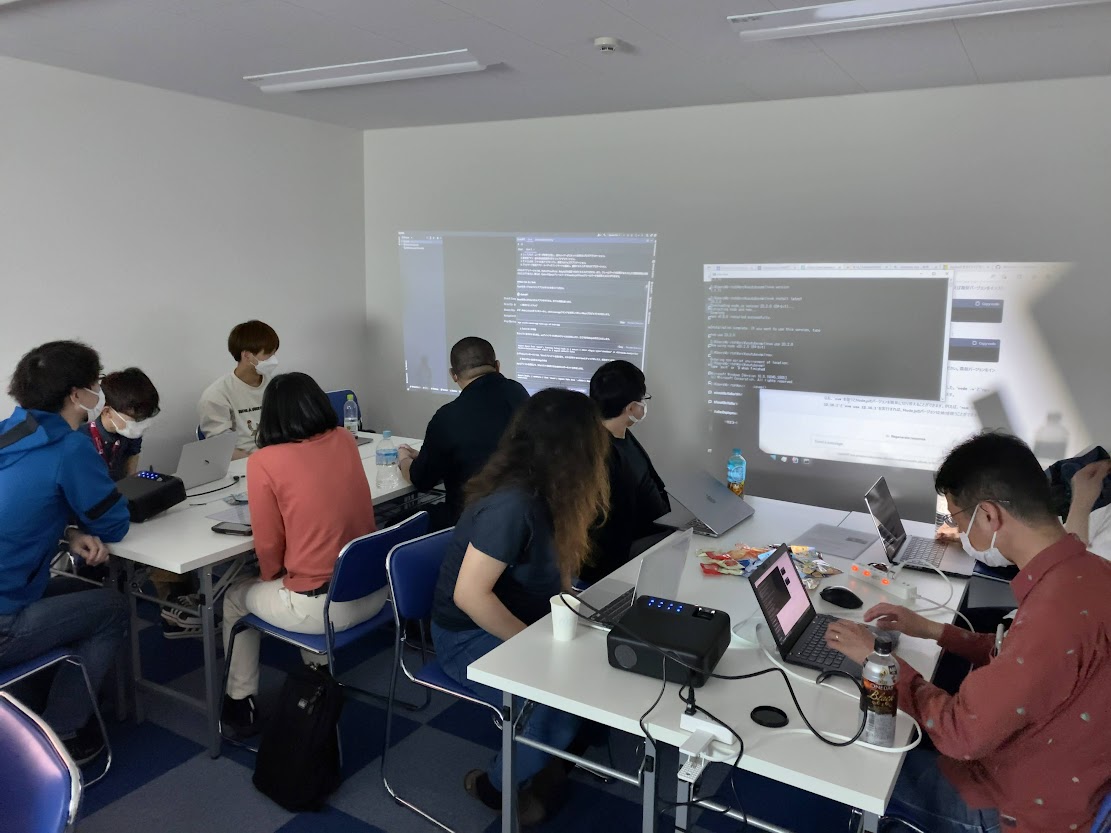
Hands-On Learning, Local Impact
Unlike a typical lecture in a classroom, Hokkaido JUG is built around hands-on experience. Meetings often include live coding sessions, technical deep dives, and open discussions where everyone has something to contribute. Hiroto firmly believes that "doing" beats "listening" and the group's success proves him right.
Every month, 20-50 people show up: a mix of seasoned professionals and students who bring fresh energy and curiosity.
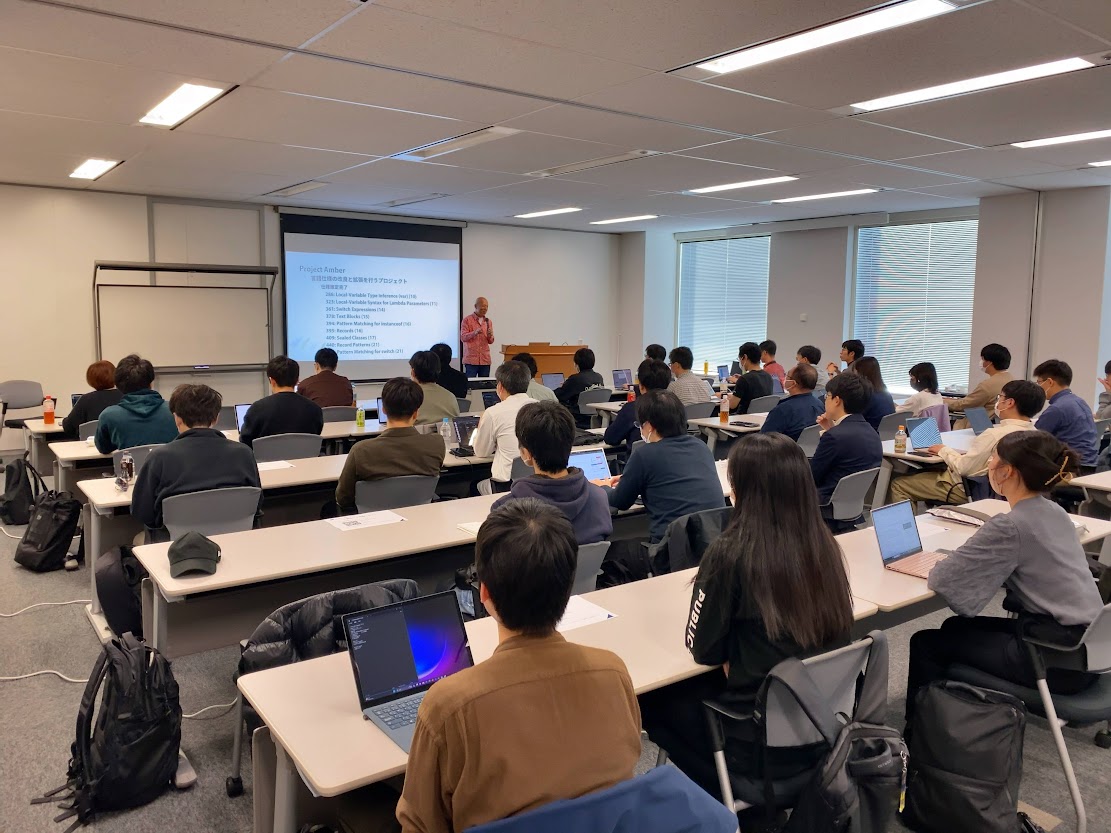
Bringing Java Back into Education
In Japan, computer science classes are increasingly dominated by Python, especially in areas such as AI and data science. While Python is powerful, this has left Java on the sidelines in many classrooms. Hiroto saw a gap: students were missing out on the depth, versatility, and real-world power of Java.
To help bridge that gap, the Java in Education community members translated some content into different languages, including Japanese. For many students, especially younger learners, being able to access modern Java content in their own language made all the difference. It removed a major barrier and allowed them to engage with Java more confidently.
As Hiroto puts it, "If you want students to feel confident, you must meet them where they are. Language shouldn't be a barrier to learning."
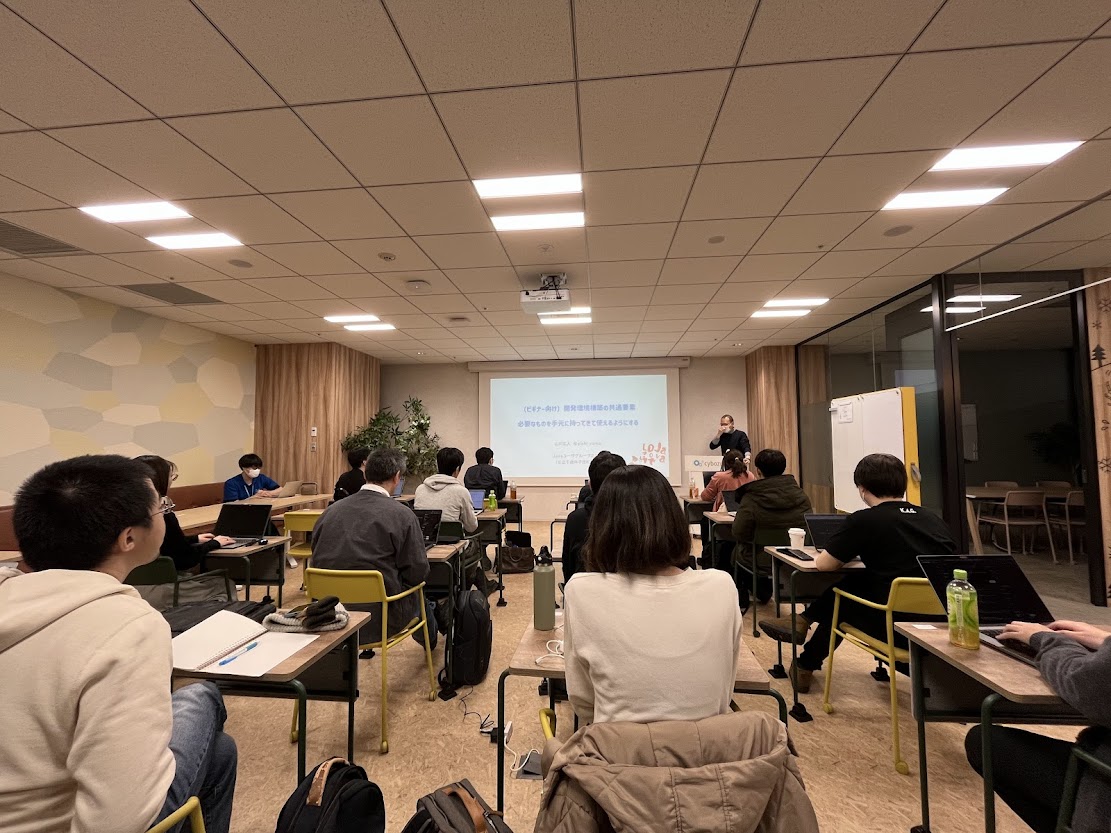
Inspiring the Next Generation
One of the most memorable milestones for Hokkaido JUG came in 2017, when the group partnered with a neighboring high school to introduce students to Java. At the time, many high school students in Japan had limited exposure to Java, so the event opened students' eyes to another powerful language that drove real-world applications across industries.
The session wasn't just about syntax and tools, it was about showing students what was possible. For many, it was their first time seeing how Java could be used to build the same kinds of applications powering their favorite apps, games, and platforms. That spark of curiosity was exactly what Hiroto and his team hoped to ignite.
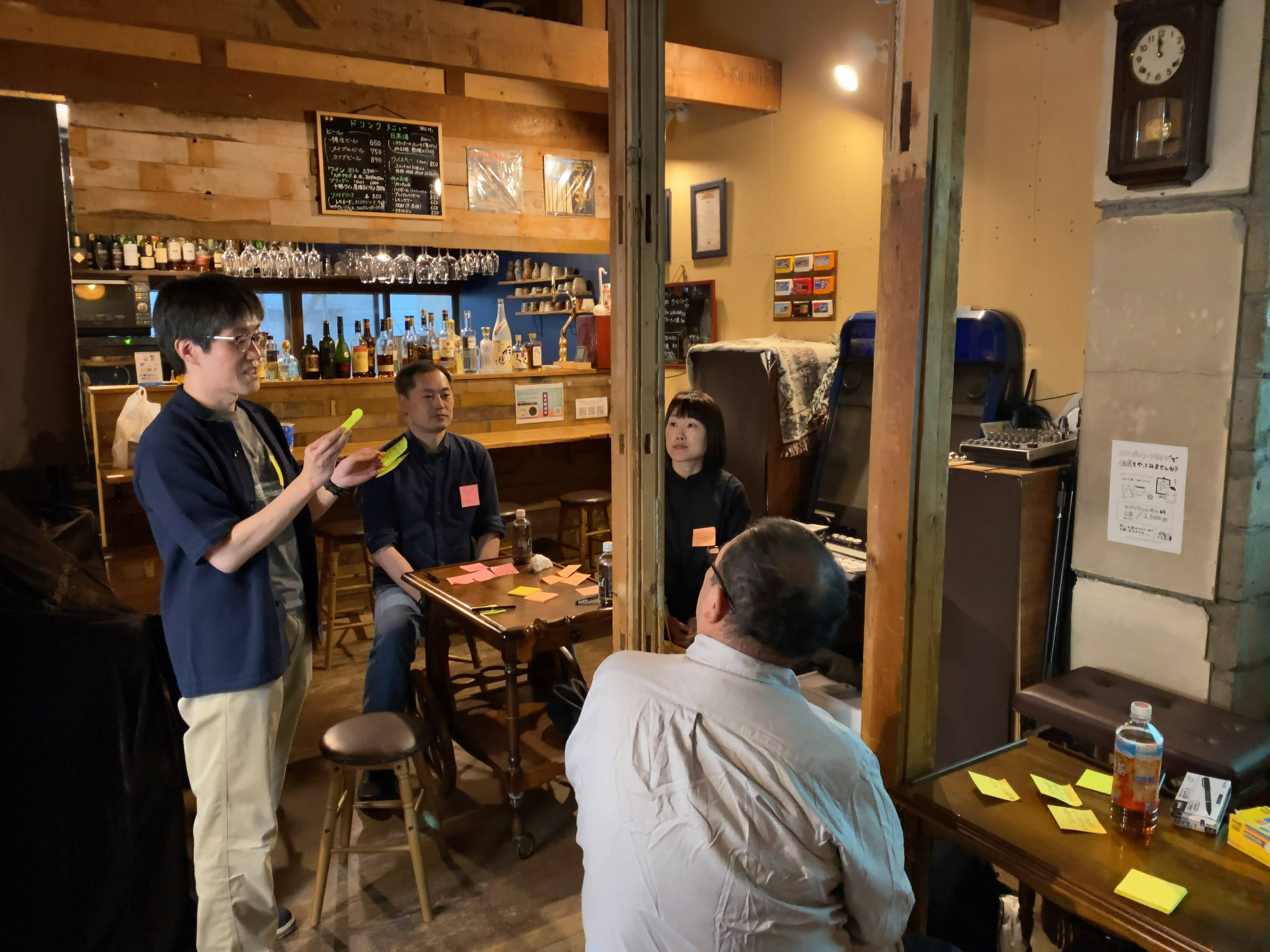
Keeping Up with the Future
Hokkaido JUG doesn't just focus on the basics. Over the years, they've run workshops on Spring Boot, REST APIs, and even explored how Java can intersect with AI. While Python still dominates the AI conversation, Hiroto and his team are pushing to show how Java has a place in that future too.
This forward-looking approach helps students prepare not just for today's classrooms, but for the demands of tomorrow's industry.
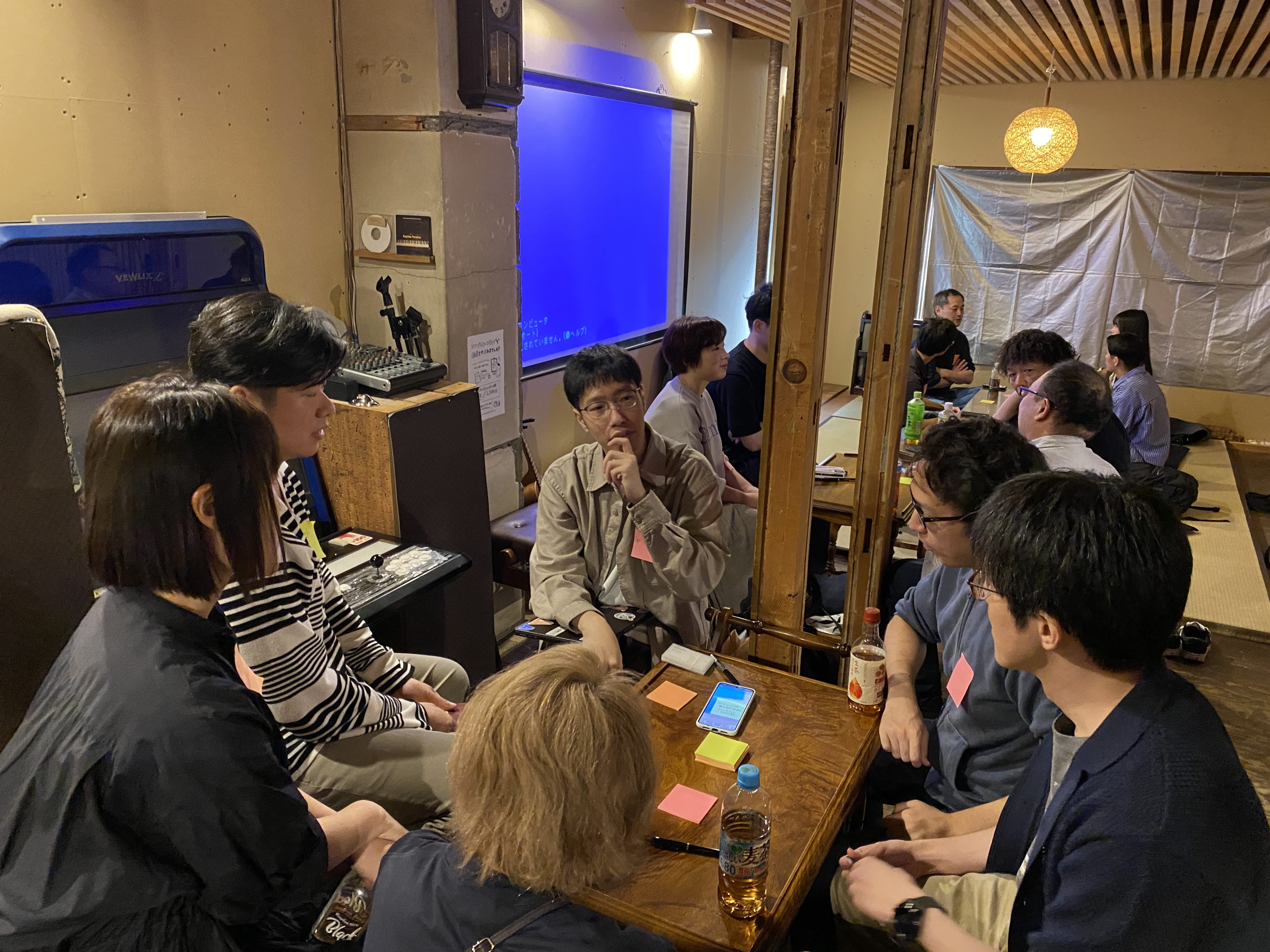
Why It Matters
What makes Hokkaido JUG special isn't just about programming. It's the people. It's the sense of community that keeps professionals coming back after long workdays, and the encouragement that gives students the confidence to pursue careers in tech.
Hiroto often reflects on the challenges of starting out - wishing he had known how much translation and localization would matter, or how important it would be to connect with international resources. But those lessons have become part of the group's DNA.
Today, Hokkaido JUG stands as proof that one person's vision can ripple outward: from a school office to a local meetup, to a movement that empowers the next generation of developers.
Looking Ahead
As part of the global Java in Education initiative, Hokkaido JUG continues to share knowledge, build bridges, and inspire the next generation. For anyone in Hokkaido curious about programming, it's a welcoming place to get involved. And for the global Java community, it's a reminder that even in the farthest corners, passion for code can spark something big.
|